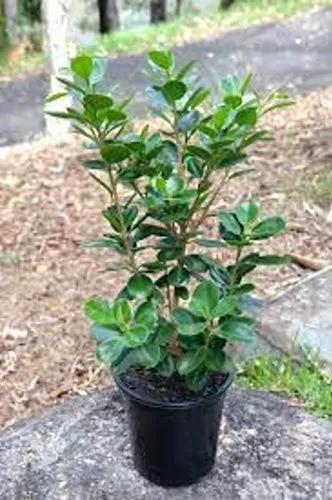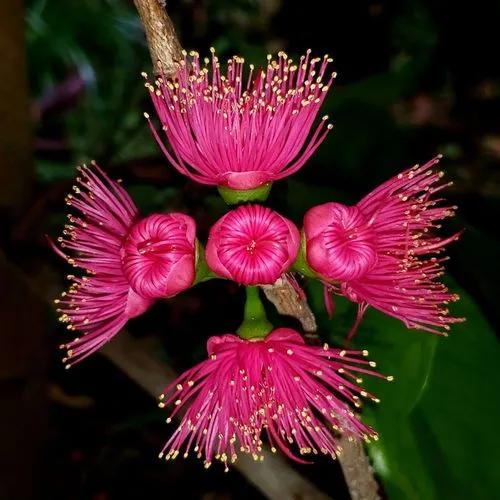The weeping willow (Salix babylonica) is probably the best known of the weeping trees, with gracefully arching stems that dangle delicately and shiver in the breeze. The leaves of this deciduous tree are lance-shaped and grow 3 to 6 inches long; they turn yellow in the fall before dropping. The weeping willow's bark is rough and gray, with long, deep ridges. When the tree blooms in late winter or spring, yellow catkins (flowers) appear. Weeping willows are fast-growing trees, adding up to 10 feet per year when young, but their average lifespan is a relatively short 30 years.
Babylon Weeping Willow Care
Salix Babylonica



How to Care for the Plant

Water

In general, a newly planted weeping willow requires 10 gallons (45.4l) of water applied two to three times weekly for each inch of the trunk's diameter. After the first month, you can reduce watering to once a week.

Pruning

Make judicious cuts to encourage new growth. Cut just before a leaf node. Or when cutting back larger stems, cut as close to the main stem as possible.

Fertilizer

Use slow-release fertilizer for container plants. Avoid using too much fertilizer.

Sunlight

Semi-shade – this plant needs a lot of sunlight, but it has to be protected from the strongest rays of the sun.

Soil

The ideal blend of soil for plant growth is called loam. Often referred to as topsoil or black dirt by landscape companies, loam is a mixture of sand, clay, and silt.

Temperature

Weeping willows have some drought-tolerance and can handle the winter cold. The tree can also tolerate summer desert heat as long as greenery and water are not too far away.

Container

Whether it be plastic or clay, make sure the pot you select has drainage holes in the bottom to prevent over-watering.

Popularity

3,136 people already have this plant 702 people have added this plant to their wishlists
Discover more plants with the list below
Popular articles






